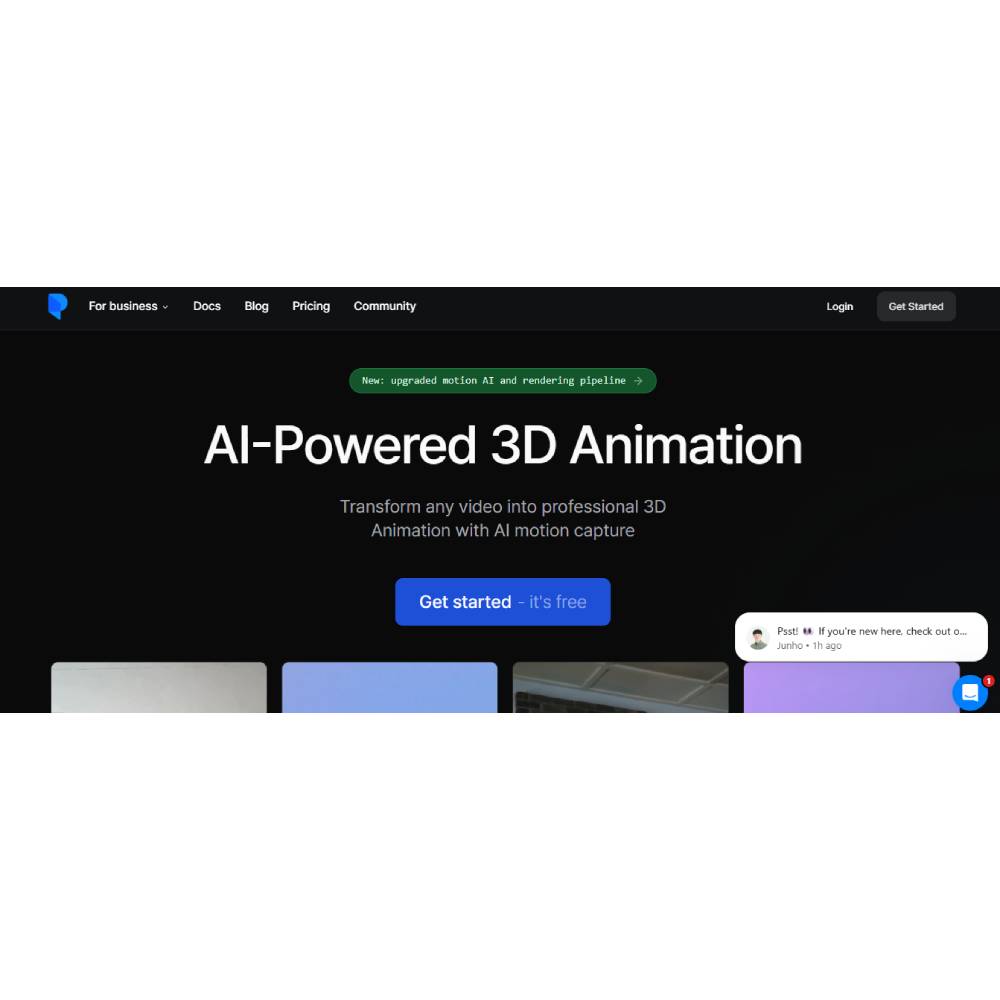

Plask Motion – AI Motion Capture and Real-Time Animation Platform
Plask Motion is a state-of-the-art AI-powered motion capture and animation suite built to redefine performance-driven animation. Designed for animators, filmmakers, studios, and game developers, Plask uses deep neural networks to capture full-body motion directly from video—no suits, sensors, or special hardware required. It transforms ordinary camera footage into production-ready mocap data, compatible with major DCC tools and real-time engines. With just a webcam or uploaded clip, creators can generate precise skeletal motion, apply it to 3D rigs, and export clean, editable animation sequences. Plask eliminates the barrier between concept and performance, making motion capture accessible, affordable, and remarkably accurate. Its advanced AI analyzes body dynamics, joint orientation, and motion flow, producing results that rival studio-grade mocap systems. The platform’s browser-based interface supports real-time preview, retargeting, and post-capture editing, empowering teams to work collaboratively without the need for complex equipment setups. For studios, Plask Motion bridges the gap between performance capture and production efficiency, offering a complete solution for film, television, gaming, and XR content creation.
